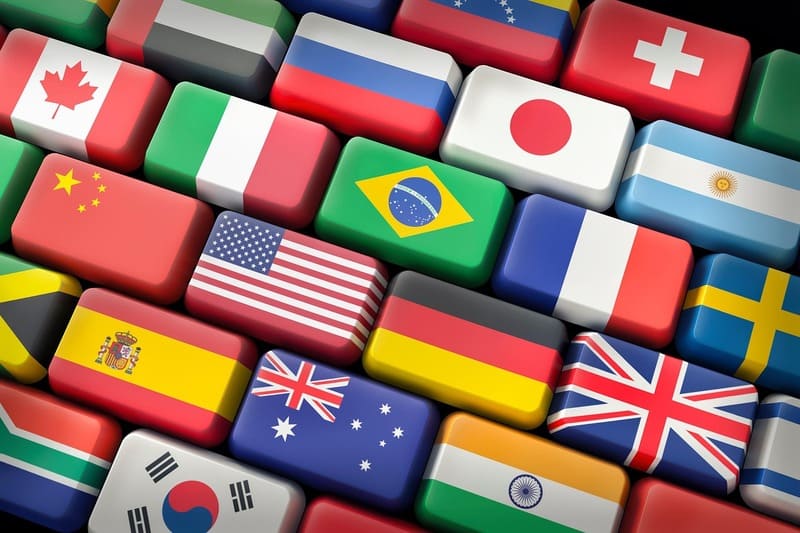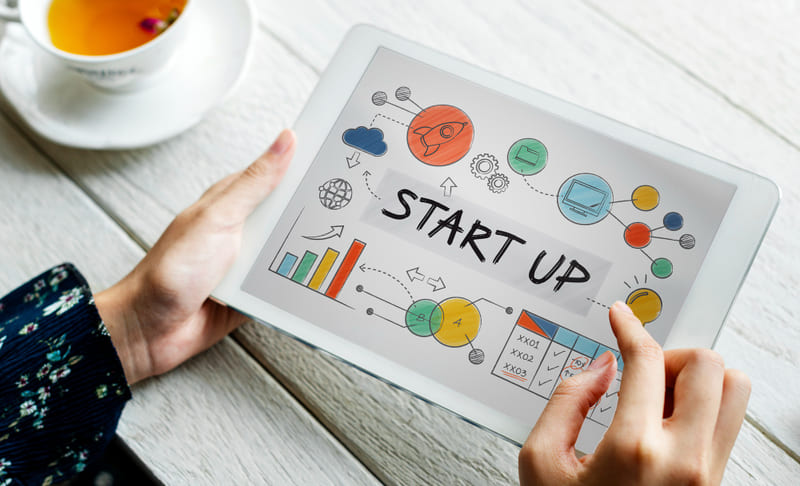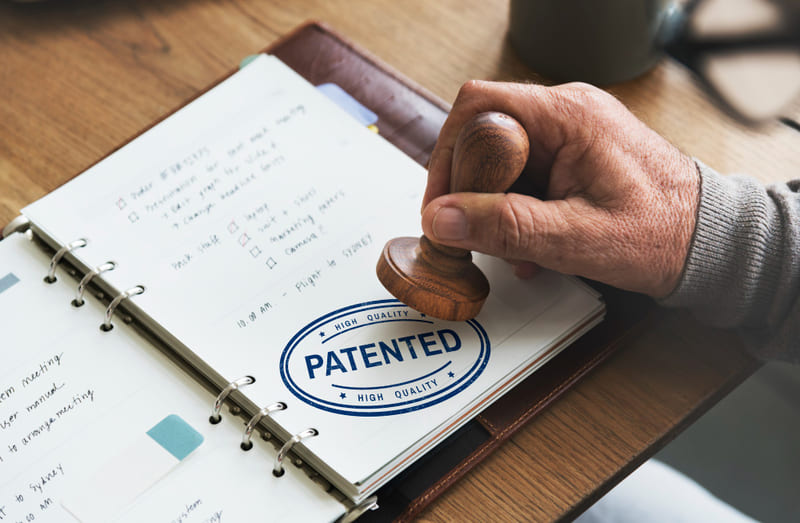Can machines ever truly replace human translators? This question grows more relevant as AI rapidly transforms work—including translation, which once was slow, costly, and required expert oversight. However, with MT systems like Google Translate and DeepL, translation is now faster and more efficient.
MT technology has revolutionised the language industry by processing millions of words in a matter of seconds. Global companies now rely on MT to meet their large-scale localization needs, from technical documents and websites to internal communications.
The main advantage of MT is its speed in processing large text volumes and meeting the demand for instant results.
However, behind these advances, there is a growing awareness that machine translation results are still not perfect. MT is often unable to capture context, cultural nuances, and distinctive language styles. This is where the human touch remains irreplaceable.
The combination of machine speed and human precision through the machine translation post-editing (MTPE) process is the ideal solution, merging technological efficiency with human linguistic accuracy. This is the new direction for the future of localization.
What Is Machine Translation Post-Editing (MTPE)?
Machine Translation Post-Editing (MTPE) is a process in which human translators refine translations produced by machines. In practice, machines such as Google Translate or DeepL automatically generate initial translations, which human translators then refine to ensure accuracy, fluency, and contextual relevance. MTPE bridges the gap between technological speed and human linguistic sensitivity.
There are two main levels in MTPE. First, light post-editing, which focuses on correcting the basic meaning and structure so the text can be understood correctly. At this level, style and nuance are not yet a priority; the important thing is that the message is conveyed accurately and efficiently.
Second, full post-editing, which is a comprehensive editing process that corrects grammar, style, word choice, and cultural nuances so that the final result is equivalent to a professional human translation.
MTPE aims to balance speed, cost, and quality. By leveraging the power of machines to handle large volumes and high speeds, and human precision to ensure quality and accuracy, MTPE is the ideal solution in the modern translation industry.
This approach enables fast yet high-quality translations, perfectly suited for the global content demands of today’s businesses.
Why MTPE Matters in Modern Localization
In this fast-paced digital age, Machine Translation Post-Editing (MTPE) has become an integral part of the modern localization process. MTPE enables localization teams to handle multilingual content much more quickly than manual translation alone.
By leveraging the speed of machine translation (MT) and human expertise, companies can translate thousands of words per day without compromising quality.
For example, a localization team handles content for Indonesian and Chinese. Manual translation would take much longer, whereas MTPE allows the work to be completed far more efficiently.
This approach is particularly relevant for multiple industries that rely on cross-language communication, such as e-commerce, the gaming industry, legal, marketing, and technology.
In e-commerce, for example, thousands of product descriptions must be translated into multiple languages to reach global markets.
In the gaming industry, dialogue and user interfaces need to be localised to suit each country’s culture. MTPE helps speed up this process without losing accuracy or content appeal.
One of the main benefits of MTPE is increased cost efficiency and accelerated time-to-market. Since machines do most of the initial work, translation costs can be significantly reduced. Meanwhile, human editors ensure the final result remains natural and high-quality.
As a result, MTPE isn’t just a linguistic solution—it’s a competitive business strategy that allows companies to launch products, campaigns, and updates faster than ever before.
For example, many global companies now use MTPE to accelerate cross-border product launches. Instead of waiting months for traditional localization processes, they can adapt content in a matter of weeks or even days.
As a result, MTPE is not only a technological solution but also a crucial business strategy in the face of increasingly fierce global competition.
The Human Touch: Where Machines Still Fall Short

Source: Freepik.com
Although artificial intelligence (AI) and machine translation (MT) technologies continue to develop rapidly, there are still limitations that machines struggle to overcome.
AI can translate words quickly and accurately from a technical standpoint, but it often fails to grasp cultural context, emotions, and subtle linguistic nuances.
Human language consists not only of structure and grammar, but also of implied meanings, emotional expressions, and cultural values that algorithms still struggle to grasp. Therefore, the role of humans cannot be replaced by sophisticated AI.
Human translators have a sense that AI lacks. Only human translators can accurately interpret idioms, tone of voice, and technical or industry-specific terms. For example, in marketing, overly literal translations can diminish the emotional appeal of a message. In legal or medical texts, minor errors in word choice can lead to very different meanings.
This is where the balance between technology and human sensitivity comes in. Machines can help speed up the process, but humans remain the guardians of meaning. As a modern saying often quoted in the world of translation goes:
‘AI translates words, humans translate meaning.’
This sentence clearly illustrates that artificial intelligence may be able to understand language, but only humans are capable of understanding the meaning behind it.
MTPE Best Practices for Quality Localization
In order for MTPE to produce optimal localization, well-planned strategies and best practices are required. MTPE is not merely about improving machine translation results, but also ensuring that the message conveyed remains consistent with the communication objectives and brand identity. Here are some important guidelines that need to be applied in every MTPE project.
First, choose a translation engine suitable for the domain or industry. Each machine has different strengths and weaknesses; for example, some excel at technical texts, while others are better at marketing content. Choosing the right machine will reduce the number of corrections needed in the post-translation stage.
Second, use a glossary and translation memory. Both help maintain consistency in terminology, style, and tone throughout the project, especially if the content is translated by multiple translators. This also speeds up the editing process and improves cost efficiency.
Third, implement thorough quality assurance (QA) and linguistic review. Quality assurance (QA) ensures there are no grammatical, translation, or contextual errors, while linguistic review ensures natural and culturally appropriate text.
In addition, involve experienced translators, not just regular editors. Professional translators understand the nuances of language and can adjust their tone to remain consistent with the brand’s image and values.
The last step is to maintain consistency in style and brand voice. In localization, consistency in language style creates a cohesive and professional user experience across all markets. By implementing these practices, MTPE not only increases speed but also ensures the quality and credibility of global communication.
The Future Outlook: AI and Human Collaboration
The future of translation and localization is no longer simply a matter of choosing between humans and machines, but rather how the two can collaborate intelligently. The current trend is toward hybrid systems that combine the power of MT with human intelligence and sensitivity. Machines provide speed, scale and efficiency, while humans ensure accuracy, cultural context and natural language style.
In this context, MTPE acts as a bridge between technology and linguistic quality. MTPE enables global companies to deliver scalable localization solutions, where MTPE can handle large volumes of multilingual content without compromising quality.
This approach gives international brands the flexibility to expand their market reach quickly, efficiently, and in a culturally relevant manner.
Looking ahead, the emergence of new technologies such as adaptive MT and Large Language Models (LLMs) will further strengthen this synergy. Adaptive MT can learn from human corrections and adjust translation results contextually, while LLMs provide deeper semantic understanding and the ability to generate more natural language.
The combination of the two makes the localization process faster, more innovative, and more cost-effective. This enables the translation process to be more targeted and culturally appropriate for the destination country.
At the end of the day, the future of the translation industry is not about AI versus humans, but rather AI plus humans. Artificial intelligence provides the foundation for efficiency, and humans provide meaning and soul to language.
This collaboration is the key to an era of localization that is more inclusive, adaptive, and focused on the true quality of global communication.
Choosing the Right Partner for MTPE and Localization Success

Source: Freepik
The success of MTPE and localization projects depends not only on the technology used, but also on partners who can balance machine efficiency with human linguistic quality. There are several important criteria to consider when choosing an MTPE partner. First, choose a partner with a proven track record in multilingual projects and deep understanding of cross-industry linguistic challenges. Second, ensure they use advanced translation engines, translation memory, and quality assurance systems to ensure consistency and efficiency.
Third, industry specialisation is also essential. Each sector, such as legal, medical, gaming, or marketing, has its own unique language and terminology that requires specialised expertise. Last one: ensure the service provider has quality assurance and a multi-layered review process to ensure the final result meets high standards.
With the right partner like SpeeQual, MTPE can be an effective localization strategy, combining the speed of technology and the accuracy of human translators so that you can compete in the global market. We have a reliable team ready to assist you with the localization process, with experts in their fields who are proficient in more than 10 Asian languages, including English, of course. We also prioritise speed while maintaining quality to ensure our clients’ satisfaction.
Let us help your brand stay relevant in every target market. Contact SpeeQual today to discover how our MTPE and localization solutions can elevate your global presence.





